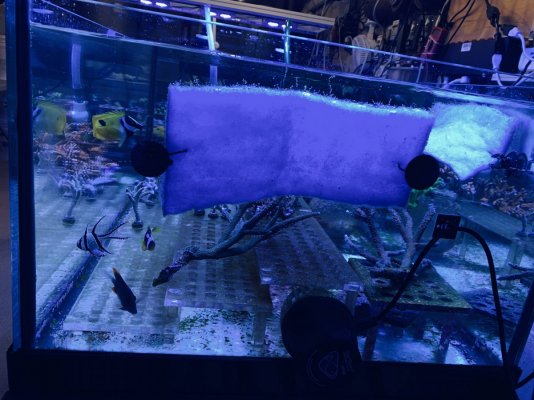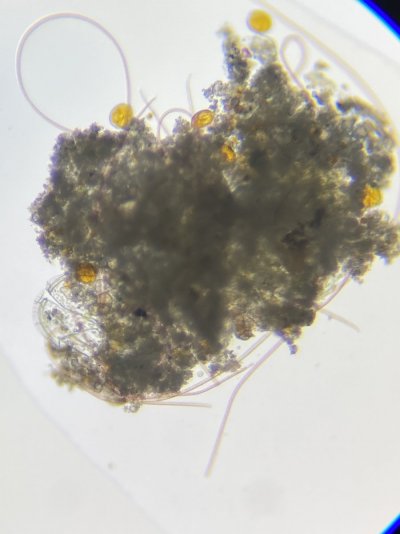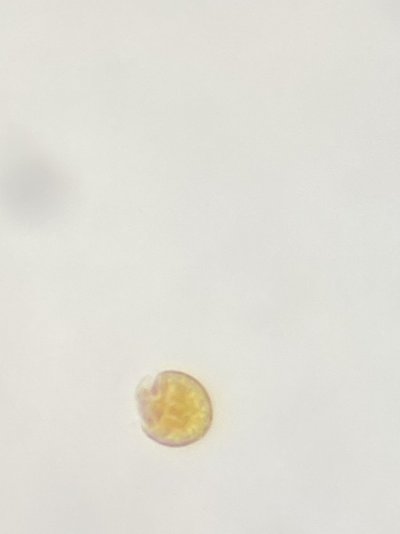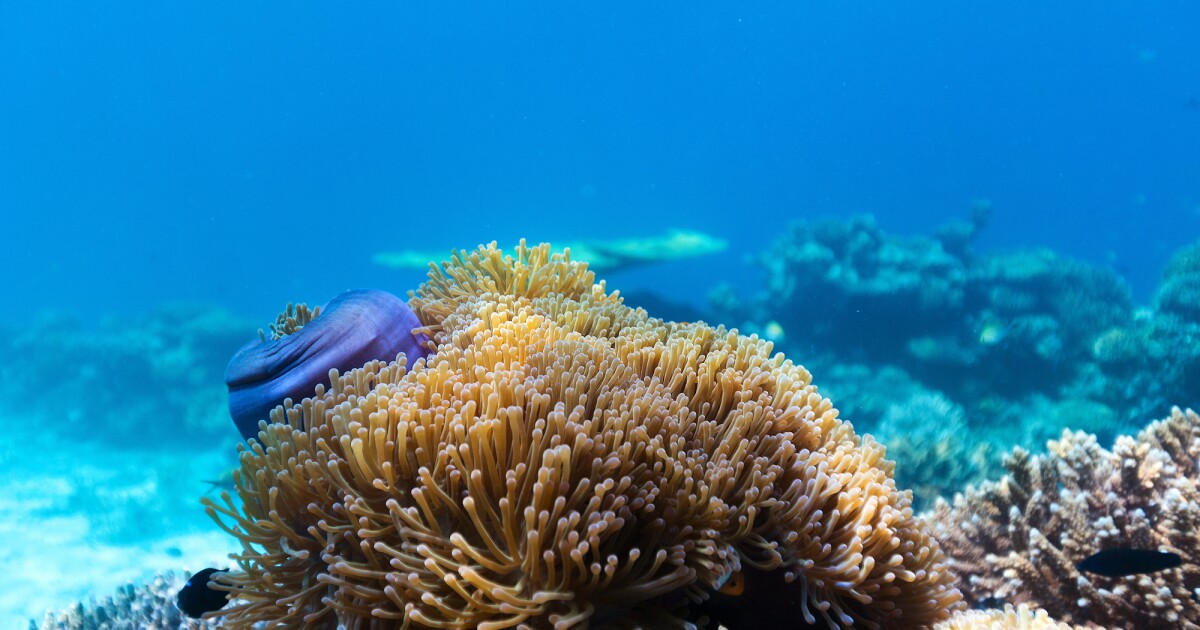Agree, with oversized UV and adequate flow Ostreopsis is nowadays the easiest to deal with… Maybe it will be easier when most of that GHA is gone…
Trying, hah. @ScottB how far down into the tank should the intake side of the UV pipe be? Does it matter?






















